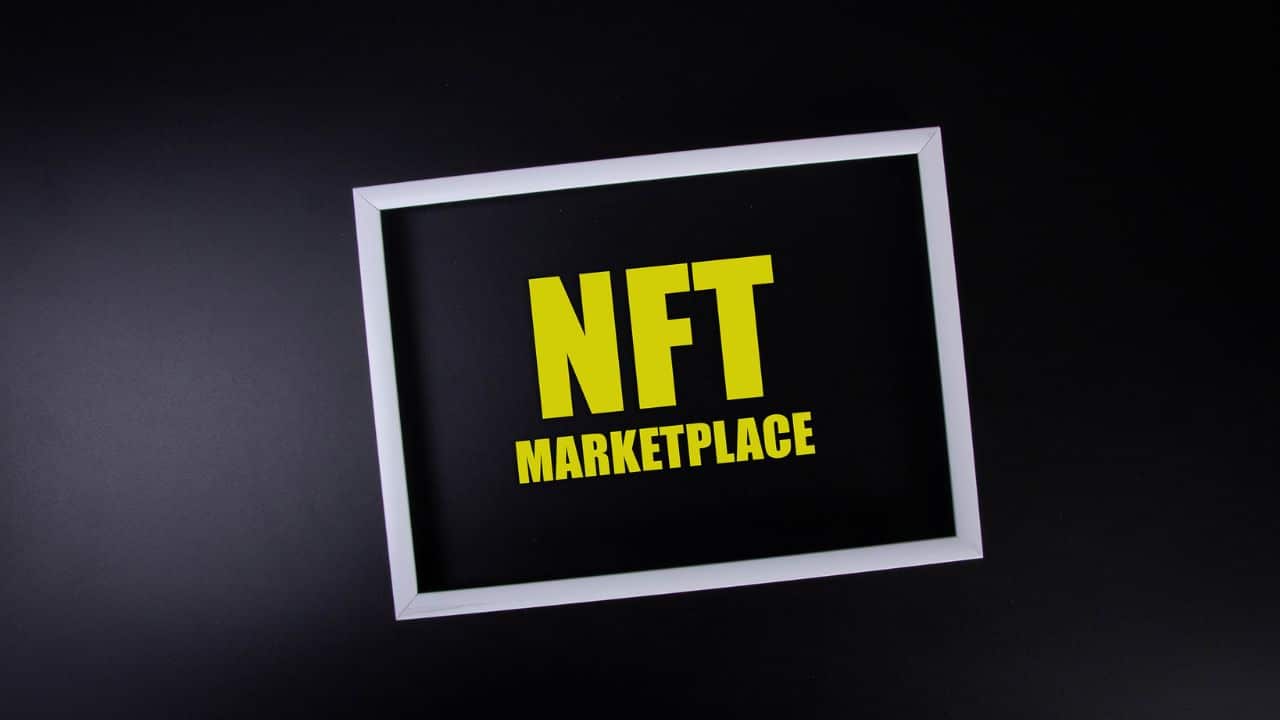NFTs have become one of the most talked about terms in recent years. How to create an NFT marketplace and why you need to do it? Sellers can upload their NFTs by specifying the price at which they are willing to sell their token. Also, sellers can also set conditions for the sale, such as usage restrictions or intellectual property rights.
Buyers can view a list of available tokens and choose the one they like. Buyers can also see information: author, description, price, and terms of sale.
If the buyer is interested in buying, they can click the “Buy” button and enter their details for payment. The price is automatically deducted from their account, and the NFT is sent to their address.
After the sale, the seller receives payment for their token. The commission is usually a certain percentage that is deducted from the seller.
One of the most popular projects is OpenSea. OpenSea offers a wide variety of choices, including digital art, music, video games, and more. Also, OpenSea allows users to create their own NFTs, upload them, and sell them.
Another popular site is Nifty Gateway. Nifty Gateway focuses on selling tokens related to music and culture. They work with well-known musicians and artists to create.

The main types of NFT marketplaces
There are several types of projects that provide different opportunities for sellers and buyers. Let’s take a look at the main types and their characteristics.
Horizontal
They can include digital art, collectibles, video games, and other types of digital assets. Some of the most popular horizontal NFT marketplaces include OpenSea, Nifty Gateway, and Rarible.
Vertical
These that specialize in a particular type of NFT. For example, those specializing in video game collectible cards may provide access to unique cards from various video games. These projects may also provide additional features, such as creation tools. Examples include NBA Top Shot and SuperRare.
Running on the Ethereum
This is because Ethereum has support for the ERC-721 standard, which is used to create NFTs. Examples are OpenSea and Nifty Gateway.
Running on other blockchains
Examples are BakerySwap, which runs on the Binance Smart Chain, and NBA Top Shot, which runs on the Flow.
Curated
These are NFT curated collections. They usually work with well-known artists, designers, and other creatives to offer unique objects for sale. Usually have a limited number of tokens in their collections and can provide exclusive access to their products. Examples are Nifty Gateway and Foundation.
Decentralized
These that function based on blockchain technology and have no centralized management. Instead, they use smart contracts to automatically perform all functions related to selling and buying.
Users can create their own tokens and sell them directly to other users, without third-party services. Users can also buy NFTs that have been created by other participants using cryptocurrency.
One of the main advantages is that they provide full transparency and security of transactions. All transactions cannot be changed or deleted. This makes decentralized NFT marketplaces safer for users and allows them to exchange digital assets without the risk of fraud.
Examples are Rarible, OpenSea and SuperRare. These use smart contracts to automatically perform all the selling and buying functions and allow users to create, sell and buy digital assets directly, without intermediaries or commissions.
Core Functions
The main function of the NFT marketplace is to allow users to sell, buy and exchange objects. However, depending on the specific project, there may be other features that simplify the process and make it more user-friendly.
Some of the basic features are:
- Creating and posting: users can upload their files and create their own unique tokens.
- Buy and sell: Users can search and browse assortments that have been created by other users and buy them for cryptocurrency. Users can also sell their own NFTs by setting the price and terms of sale.
- Portfolio management: Users can manage their NFTs and other digital assets stored. They can track their trades, view their cryptocurrency balance, and manage their personal data.
- Auctions and bidding: Some platforms provide users with the ability to participate in auctions and bidding where they can bid and buy for a higher price.
- Curating: many projects have curators who help select the best NFTs and make catalogs of the best works.
- Co-selling: users can create collective tokens to sell. Such collaborative sales help draw more attention to participants’ works and increase their chances of being sold.
- Notifications: users can receive notifications about updates, deals, auctions, and other events. This helps users stay up-to-date and keep track of their deals.

Steps for developing an NFT marketplace
Creating can be a fairly complex process, but there are a few basic steps that can help make it a success:
- Market research: the first step is market research. You need to decide who your target audience will be, what features and capabilities should be, and assess the competition.
- Planning: based on market research, the next step is planning. You need to decide on the technical details.
- Creating: Once the plan has been established, developing the project itself can begin. This includes working with the blockchain, designing the interface, setting up security, working with payment systems, and other technical details.
- Testing: Once the platform has been developed, it should be tested for bugs and flaws. Testing allows you to identify problems and fix them before you launch.
- Launch and marketing: Once the platform has been tested and all bugs have been fixed, you can start launching and marketing. Decide on the budget for marketing and promotion, create a promotion strategy, attract the first users, and start promoting.
- Maintenance and Creating: after the launch you should continue to work on its improvement. This includes new features and capabilities, improving security, resource management and other aspects.
Overall, developing an NFT marketplace can be a long and complicated process, but if you follow these steps and pay enough attention to each of them, you can create a successful platform.

















Leave a Reply